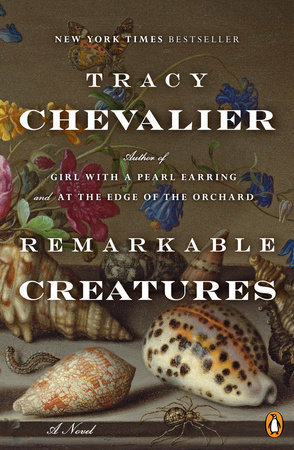What do you think?
Rate this book


320 pages, Paperback
First published August 24, 2009




[She] sank into spinsterhood beside Louise and me.I was mildly irked by one plotline that seemed like a modern imposition on Regency society (and there's nothing in actual history to support this part of the story):
There are worse fates.
“So every rock we see is as God created it at the beginning,” I persisted. “And the rocks came first, as it says in Genesis, before the animals.” “Yes, yes.” Reverend Jones was becoming impatient, his mouth chewing an imaginary straw. “If that is the case, then how did the skeletons of animals get inside rocks and become fossils? If the rocks were already created by God before the animals, how is it that there are bodies in the rocks?”
Set in Lyme-Regis, on the Southwest coast of England at the beginning of the 19th century, the story alternates between viewpoints of Mary Anning, a poor and uneducated daughter of a cabinet maker, and Elizabeth Philpot, a genteel spinster two decades Mary's senior. Chance brings these two women from different generations and social classes together, and through their mutual love of fossils they become unlikely friends.To me, looking for curies [ fossils] is like looking for a four-leaf clover: It’s not how hard you look, but how something will appear different.
That’s how fossil hunting is: It takes over, like a hunger, and nothing else matters but what you find. And even when you find it, you still start looking again the next minute, because there might be something even better waiting.
I think the title Remarkable Creatures is not only refers to the discovered fossils but the women who discovered them. Barred from the all-male academic circles because they are women, they faced harsh climate and difficult social constrictions of the times. Their resilience despite society's desire to marginalize them is what made them truly remarkable. In this novel, Ms. Chevalier makes their worlds come alive. I am so glad that I met them.